Simon is being driven to distraction by an invasion of drunk beetles.
After his winter obsession of fishing in puddles (with unsurprisingly little success), his current nemesis had become the drone: a mechanical flying beast which beeps before it buzzes and makes him extremely angry.
Not just totally furious, but unconsolably apoplectic.
He barks from a dark place, leaping off walls and covering huge distances trying to catch the thing and needs to be physically restrained when it comes in to land.
We’ve even considered flying it around the valley at head height to walk Simon remotely and exhaustively.
But he’s getting all the exercise he could possibly need at the moment fending off the new invasion of flying black beetles whose buzzing wings don’t sound totally dissimilar to the drone blades.
We’ve spent ages on t’interweb trying to identify these large black beasties since they started bombarding the house earlier this week.
They have the appearance of being hammered drunk as they circle into the house, fly into everything, make appalling crash landings and end up beached on their backs.
Some have even thrown themselves onto the gas hob leading to small explosions.
They have put Simon on high alert and prompted him to race around the outside of the house pursuing them to distraction.…little wonder they retreat into their hard shiny armour and play dead.
So…can anyone identify this beetle…we’ve been Googling it for hours and even turned to a Facebook group for Portuguese wildlife.
Ana posted a photo asking if anyone knew if they were African beetles and whether they were good or bad for the fruit, vegetables, grapes etc, only to receive the usual unnecessary abuse and lecturing so common on every form of social media.
“I would always save an insect in need” (translation: you are a murderer if you kill them)
“who are we to judge if we as a society contribute to the destruction of biodiversity with our consumerism” (translation: I am better than you)
“a few vegetables and a spoilt lawn is a small price to pay” (translation: INSECT KILLER)
“persecution of wildlife is all too often carried out on ‘folklore’” (translation: how dare you ask what kind of beetle that is…have you no shame?)
A few months ago, Ana even had to withdraw from the mushroom group after know-it-alls launched a barrage of hate against people who posted images of badly picked fungi.
But back to the beetles.
Danny suggested the large or giant water scavenger beetle from the hydrophilius family…but they seem a little too long and tear-shaped.
Nikki, who’s staying with us this week, went down a dung beetle rabbit hole – I don’t think either of us knew that they come in three classifications: rollers, dwellers and tunnellers…but do we have enough dung here?
The nearest looking one I found on the Portuguese websites called them vaquinhas – and here’s where the cute cows come into it.
Portuguese has this fabulous diminutive ending -inho or -inha (sometimes with the addition of a z) which adds a cute familiarity.
If you would like to refer to us in a cute, small way, our next new names could be Alzinho (al-zee-n-yoh) and Aninhas (ann-een-yash).
Vaca is cow, and so a cute little cow is a vaquinhas (I’ll save the addition of a Q and a U for another time!).
Anyhow…vaquinhas beetles seem to be more colourful.
BUT…one suggestion from Facebook was Scarabaeoidea – scarab beetles – and Mrs Wikipedia informs us there are 35,000 different sub-species…and 200 new ones are discovered every year.
If this is a new species, I don’t fancy its evolutionary chances given the propensity for drinking and flying…and Simon’s obsessive attention.
According to Jaap, the rhinoceros beetles will be dropping by later in the summer…I can’t wait to meet those little critters on the patio.
Sticking with language, I stumbled across a fabulous conversation about fish while we hosted a little lunch and barbequed a couple of tamboril, or monkfish.
I’ll take the credit, but it was actually Nikki who did the marinade and tended to its cooking…it’s why every braii should have an Australian or a South African…it’s what they are for.
The conversation was about Ola’s favourite fish.
The local fish market has him on speed dial for every time they have delivery of a giant turbot.
We are lucky to have some fabulous friends from different backgrounds and mixed nationalities and obviously fish species have different names in numerous languages.
The Portuguese shop calls up about pregado, Swedish Ola loves piggvar, Danish Merete eats pigvar and loved steinbutt when they lived in Germany, and the question to Danny was what it is in Italian? Answer at the bottom of the page.
The week has passed by in a blur of painting and the guesthouse bedrooms are now beautifully white.
I thought I’d just clean the old wooden beams above the patio with my favourite power-washer before the glass doors were installed and ended up covered in wood-poop and water.
And we managed a meeting to discuss the water specialities for our lodge building plans…it’s soooo complicated to design off grid systems!
We need water supply (borehole), capture and storage (rainwater), treatment (removing some saltiness and bacteria), and then waste disposal (grey and black water: separately or together in reed beds).
And that’s before we even get into the great water heating dilemma (solar thermal/vacuum tube, central or individual, underfloor heating)…you will be glad to hear I’m reaching my weekly word limit and so will spare you the details.
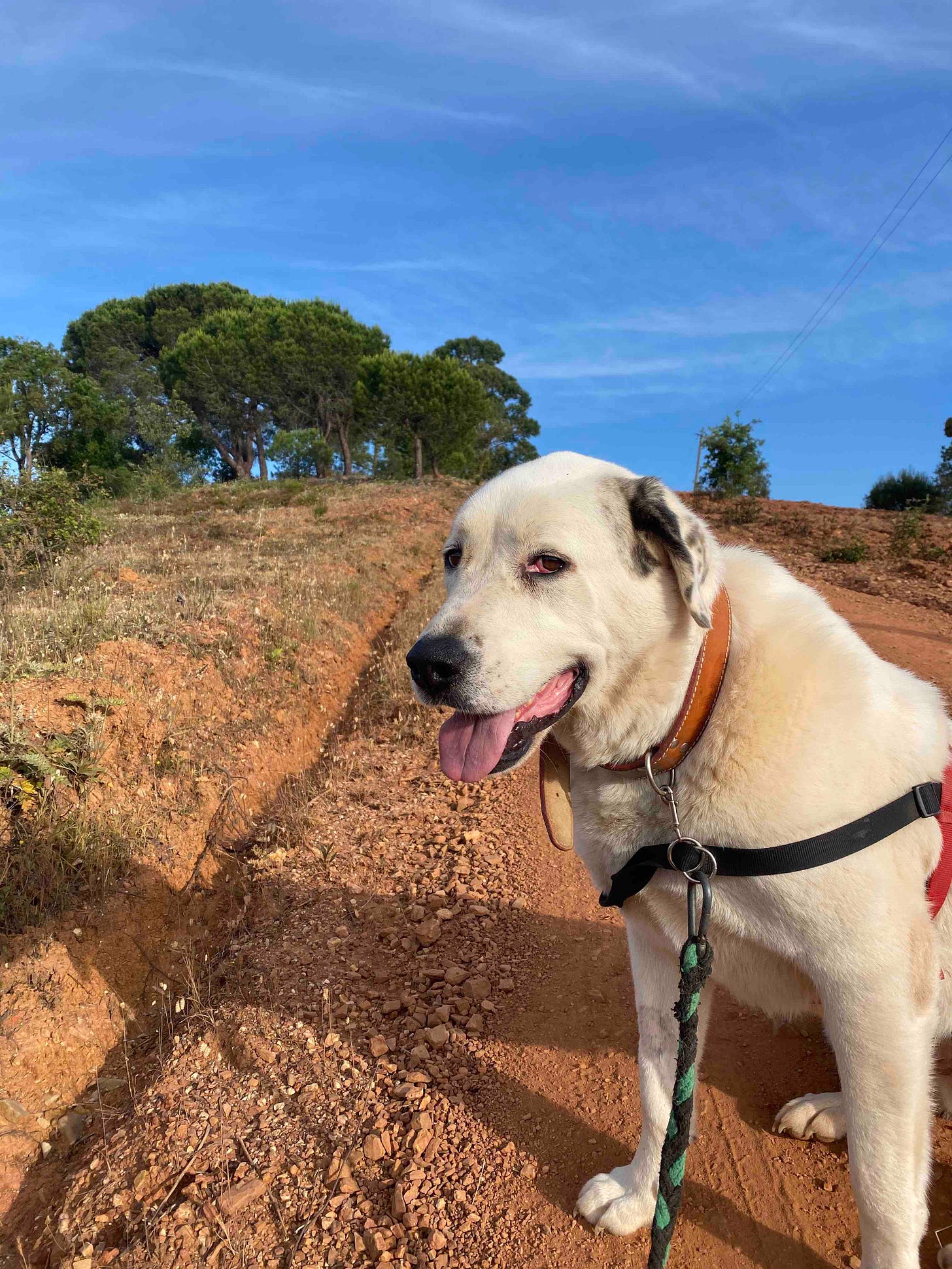
*A turbot in Italy is called a rombo. I have no idea what it’s called in Wensleydale.





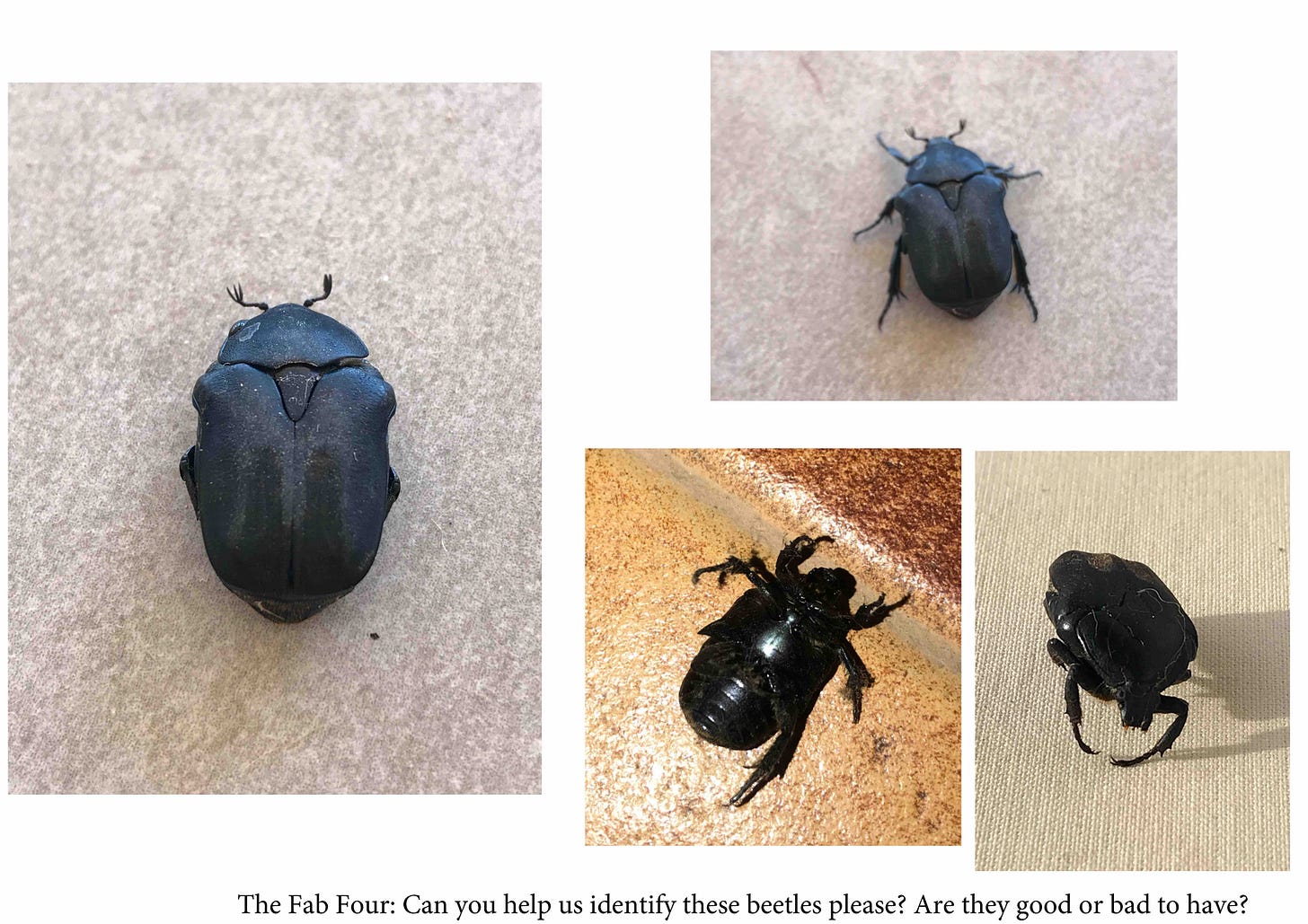
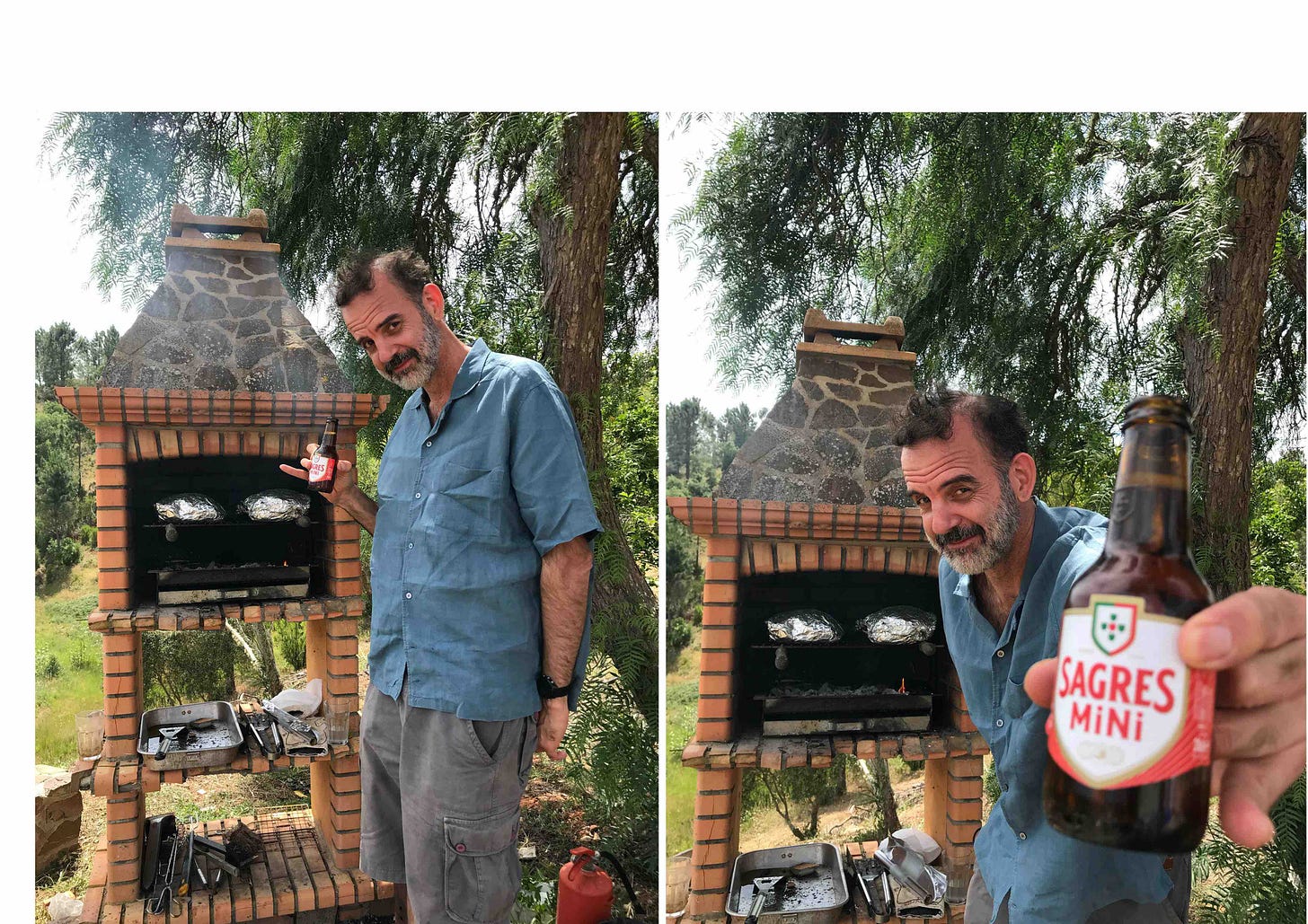
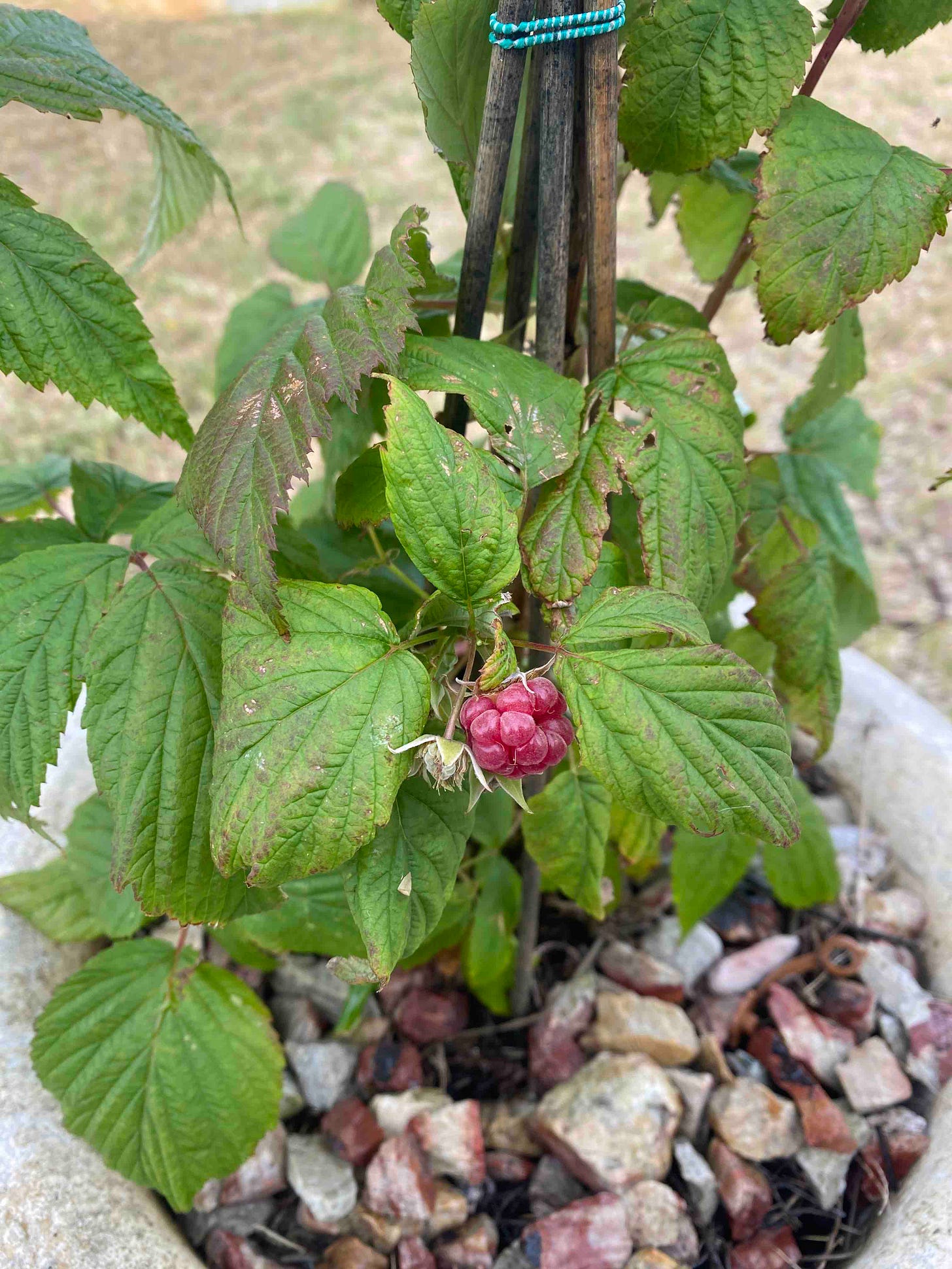
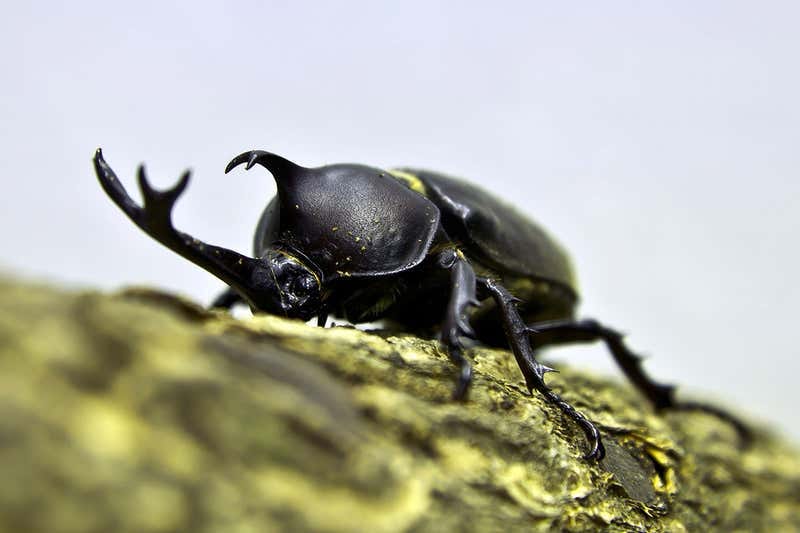
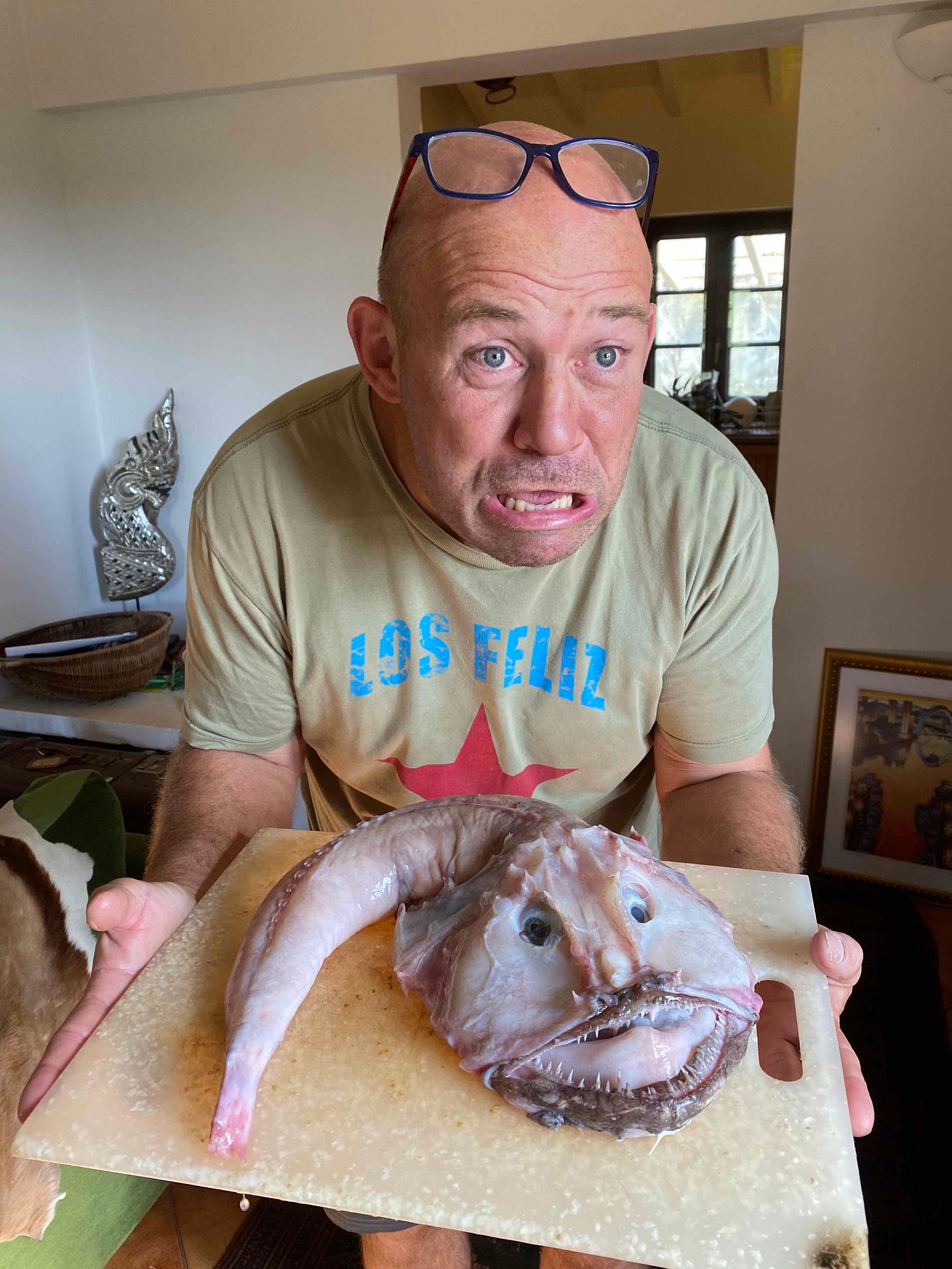
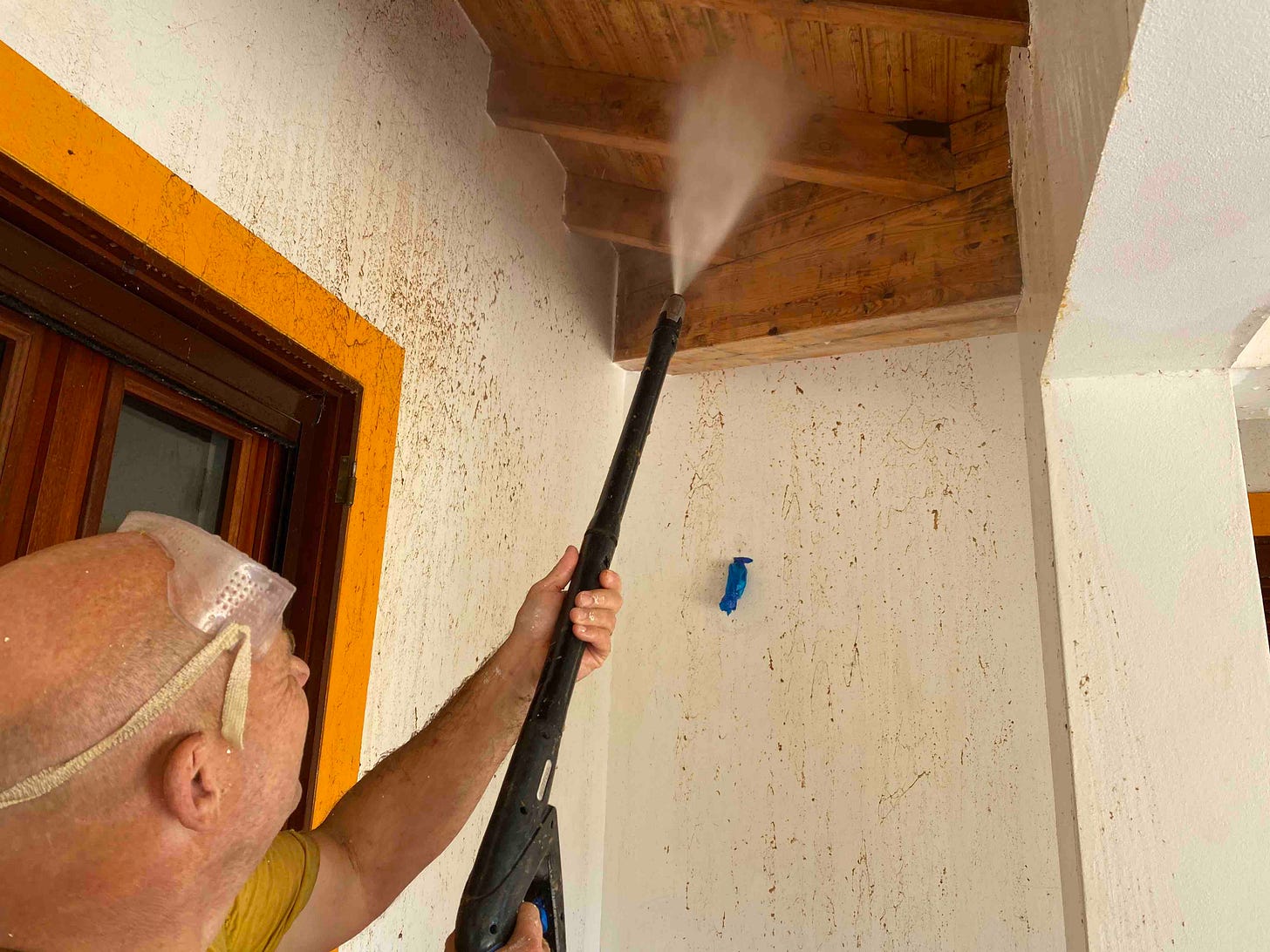
It's called t'turbot in Wensleydale, obviously!
Boa tarde Alastair
The Beetles!
Your descriptive account of their crash landings brought to my mind an incident from over 50 years ago. I was sitting in a pub, near Conway North Wale, when in flew what appeared to be a flying dustbin lid, crashing into bottles and glasses behind the bar. Identical to yours. It was a Dytiscus beetle, check it out on the internet, I think you will agree. My wife says that we have them in Madeira, but I do not recall seeing them. Rhino Beetles we also see on occasions.
What we call Vaca Pretas are very different to your insect, they are a black centipede, which is seen in profusion after rain, crawling up house walls etc.
A couple of weeks ago you mentioned espumante and looking for a nice variety. Try Fita Azul (Blue Ribbon) Reserva Bruto, but also available in meio seco 12% ,. Costs less than €5 when on promotion at the supermarket. Produced in the caves de Borges, Gondomar, perto de Porto. Most importantly a nice drink , refrescante.
Cheers e até a proxima.
DB.